The process of creating molds, particularly for items like buckets, is a specialized field within the manufacturing industry. Bucket Mold Makers are tasked with the intricate job of designing and producing molds that can withstand the rigors of the injection molding process. However, this process is not without its challenges.
Common Problems in Bucket Mold Making
Material Selection
One of the initial steps in mold making is selecting the appropriate material. The choice of material can significantly impact the mold's durability, cost, and the quality of the final product. Inappropriate material selection may bring about premature wear, dimensional instability, or even mold failure.
Design Complexity
The complexity of the bucket's design can pose a significant challenge for mold makers. Complex geometries may require more intricate Bucket Mold Maker designs, which can increase the likelihood of errors during the production process.
Tolerance Management
Maintaining tight tolerances is crucial in Bucket Mold Maker to ensure the consistency and quality of the final product. Any deviation from the specified tolerances can bring about parts that do not fit together properly or function as intended.
Cooling System Design
An effective cooling system is essential for the injection molding process. If the cooling system is not designed properly, it can bring about warping, dimensional instability, or long cycle times, affecting both the quality and production efficiency.
Ejection System Design
The ejection system must be carefully designed to ensure that the molded part is removed from the mold without causing damage. An improperly designed ejection system can bring about part scarring, deformation, or even mold damage.
Surface Finish Requirements
Achieving the desired surface finish on a bucket mold can be challenging, especially if the mold requires a high-gloss or textured finish. The Bucket Mold Maker's surface must be prepared correctly to meet these requirements, which can be a complex process.
The Art of Silicone Plate Mold Making: A Step-by-Step Process
Silicone molds have become increasingly popular in various industries due to their flexibility, durability, and detail retention capabilities. The process of creating silicone plate molds involves a series of meticulous steps that ensure the final product meets the desired specifications.
Silicone Plate Mold Making Process
Step 1: Design and Planning
The step in the silicone plate mold making process is to design and plan the mold. This involves creating a 3D model or blueprint of the desired mold, taking into consideration the dimensions, shape, and any intricate details that need to be captured.
Step 2: Master Model Creation
Once the design is finalized, a master model is created. This model serves as the basis for the mold and is typically made from materials such as wood, plastic, or metal, depending on the complexity and size of the mold.
Step 3: Mold Box Construction
A mold box is constructed around the master model. The box is designed to hold the silicone material and capture the details of the master model when the silicone is poured in.
Step 4: Silicone Mixing and Pouring
High-quality silicone is mixed according to the manufacturer's instructions, ensuring the correct ratio for curing and performance. The silicone is then carefully poured into the mold box, ensuring that it covers the entire master model and fills all the crevices to capture the details.
Step 5: Curing Process
The silicone needs to be cured before it can be used for molding. The curing process can take anywhere from a few hours to a couple of days, depending on the type of silicone and the environmental conditions.

 English
English 中文简体
中文简体 русский
русский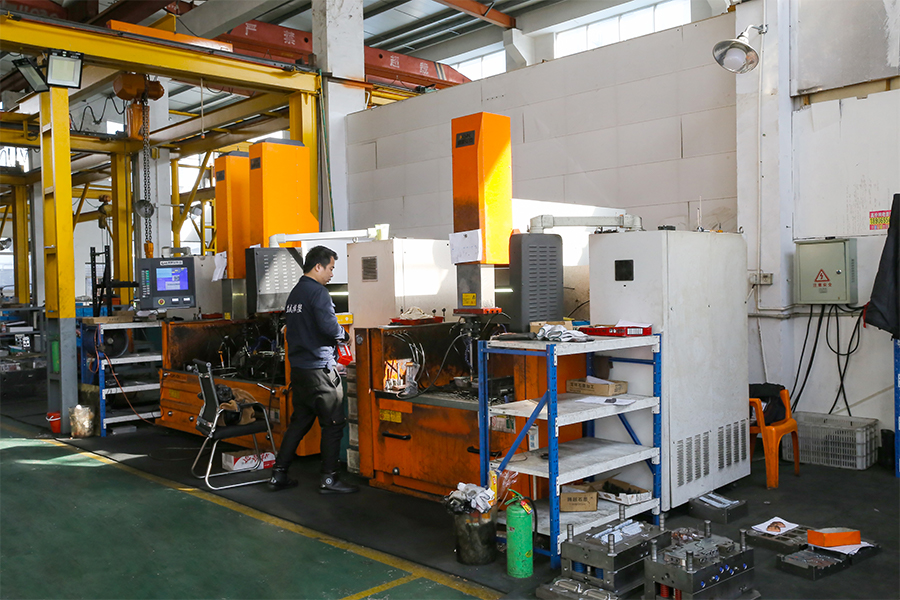
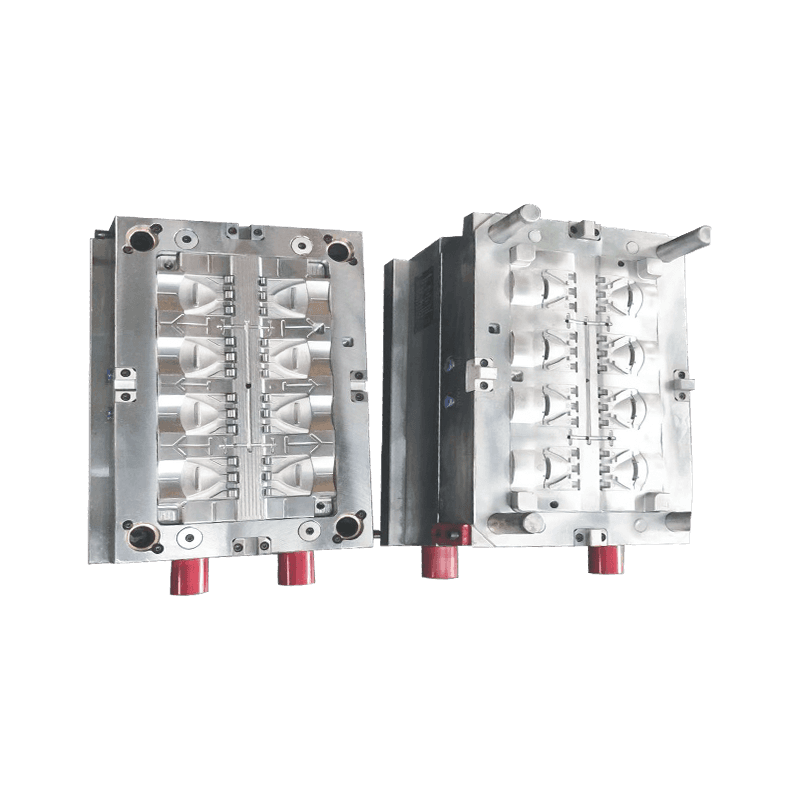
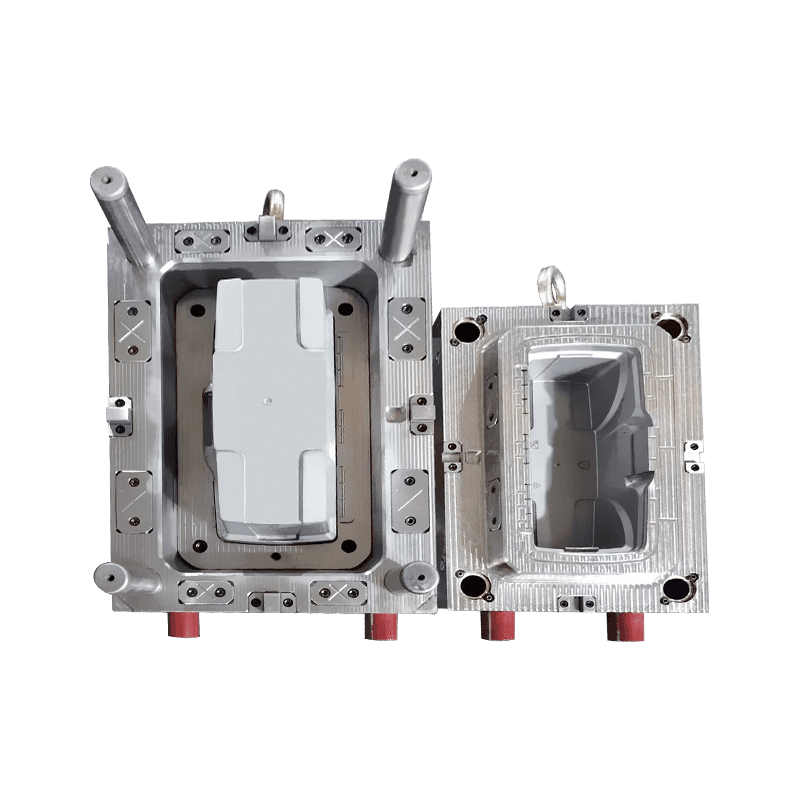
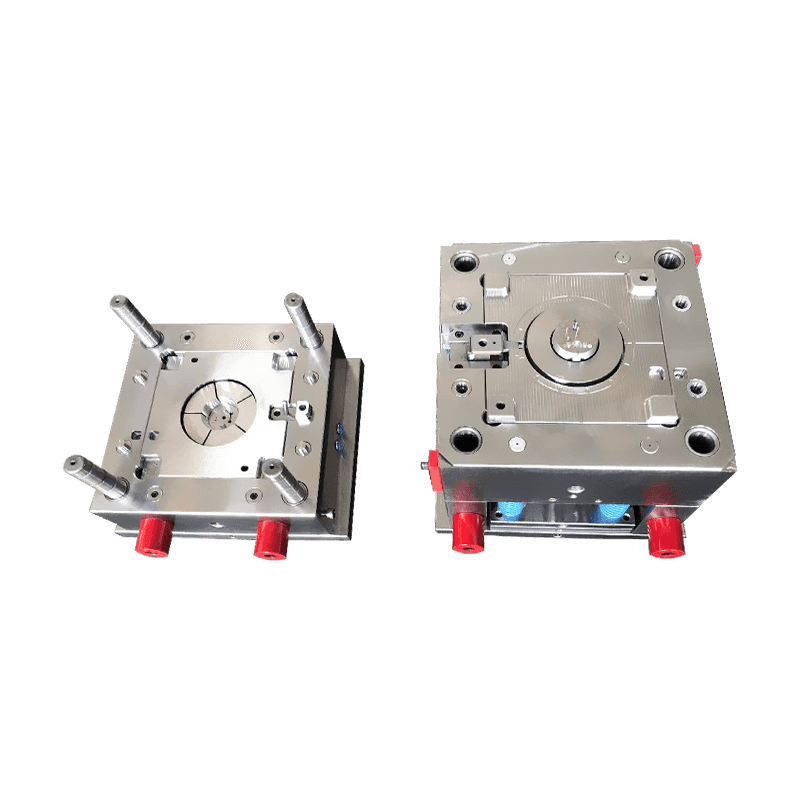
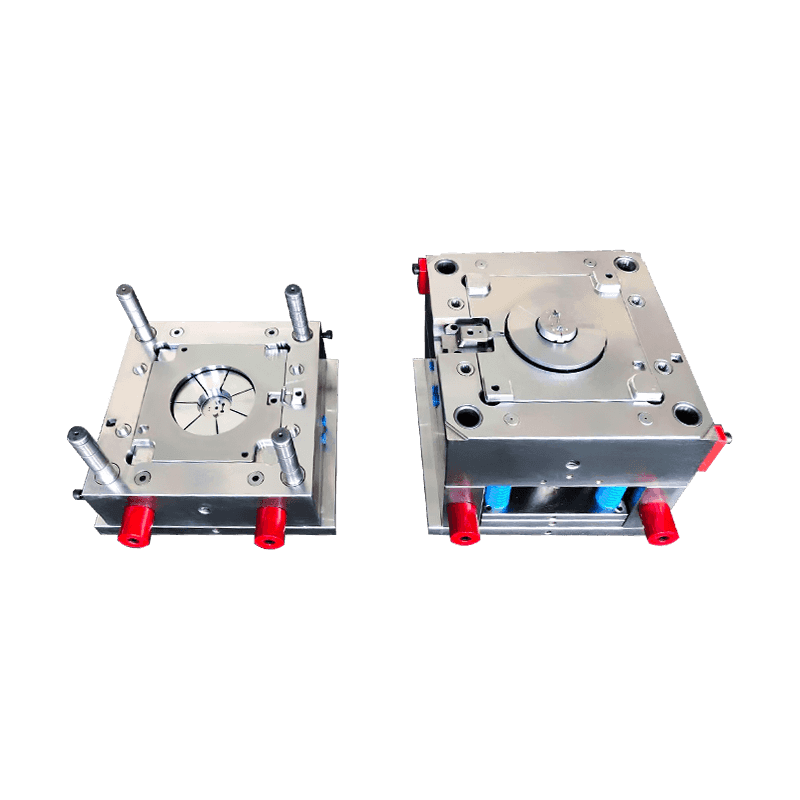
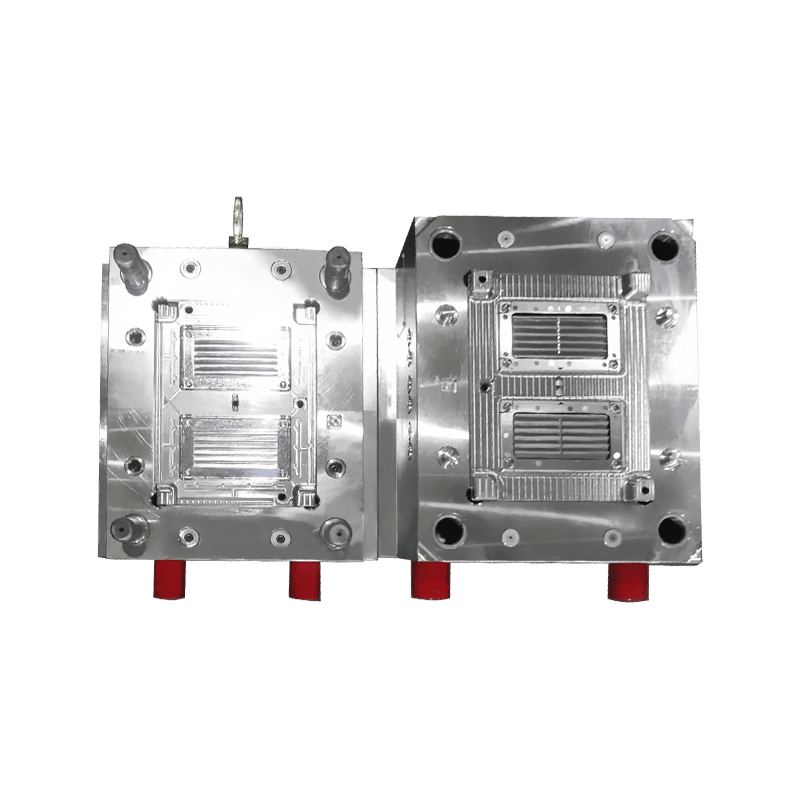
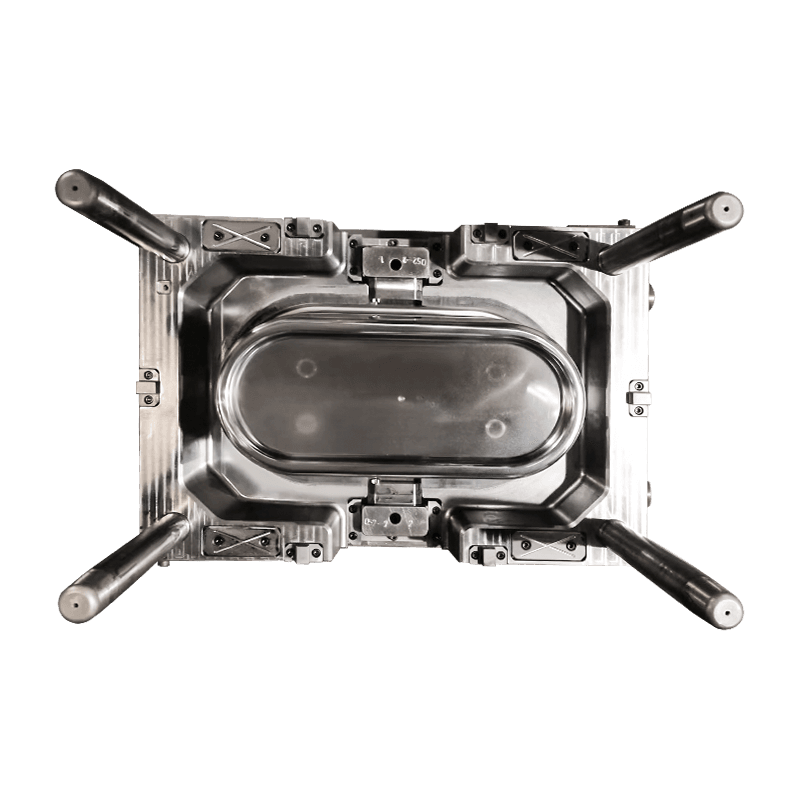
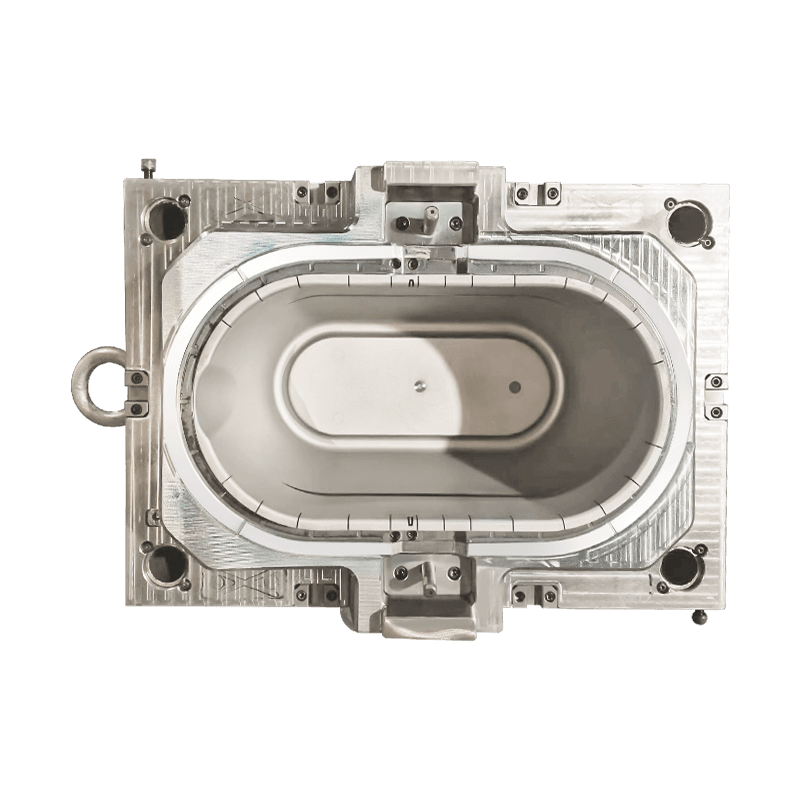
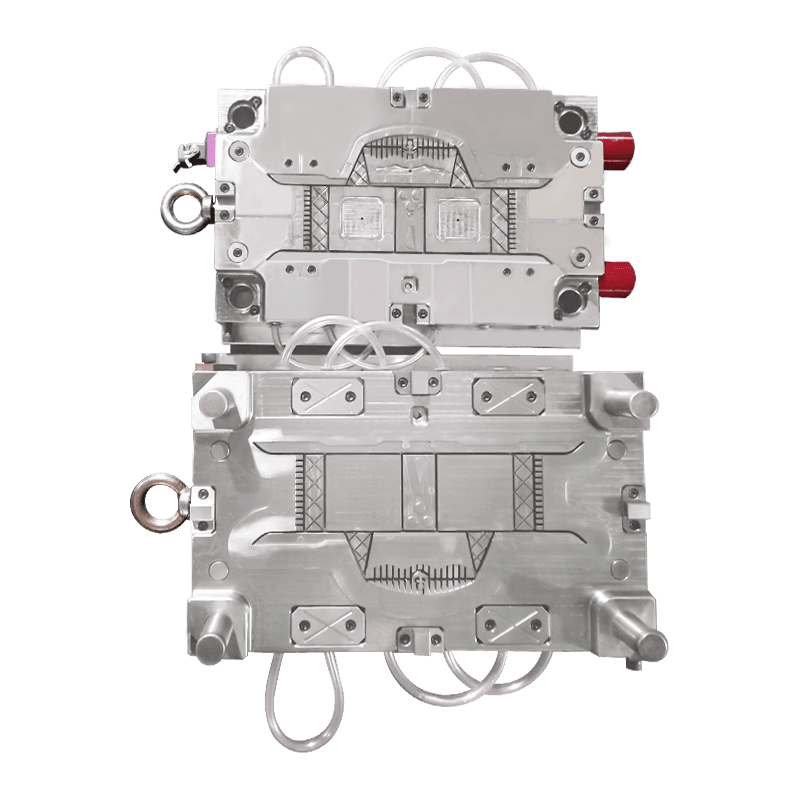
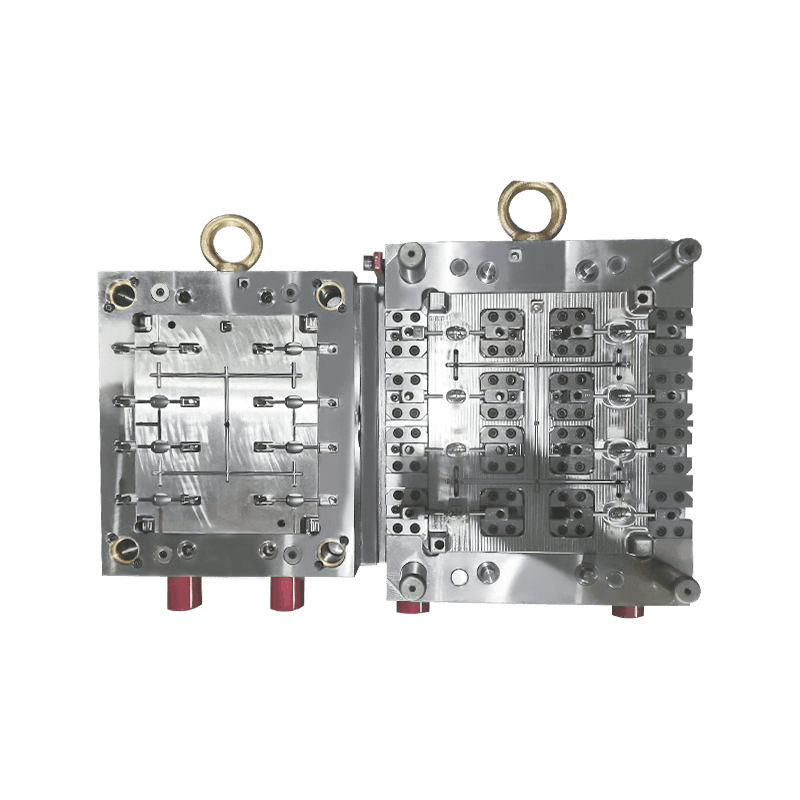
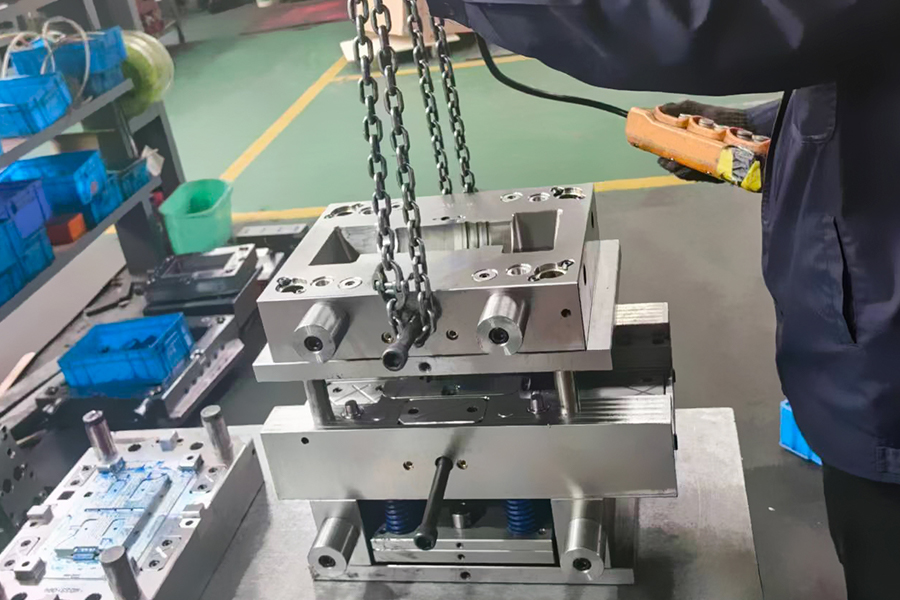


Contact Us